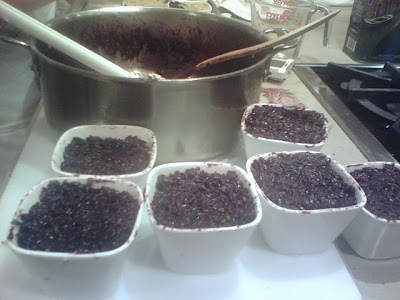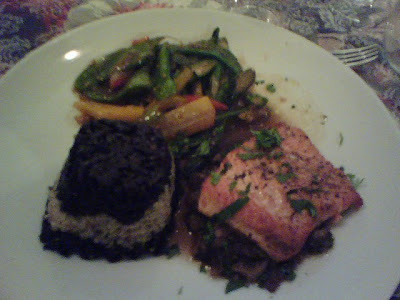Dietitian
Tricia Thompson, who specializes in the gluten-free diet, recently posted
an interview with autism expert Jennifer Elder about using a gluten-free casein-free (GFCF) diet to treat autism. I was surprised that there was nothing in the discussion about the potential benefits of screening autistic children for celiac disease prior to putting them on the diet.
But perhaps I shouldn't have been surprised. I've seen lots of coverage about treating autism with a GFCF diet, but I don't recall a single occasion when the coverage suggests testing for celiac disease or other gluten reactions prior to putting a child on the diet.
Sometimes it seems that autism and celiac disease exist in parallel worlds, with attention-getting voices like Pamela Anderson's in GFCF World but not Celiac World. But that shouldn't be not the case.
Testing for celiac disease pre-diet makes sense. The current odds of having celiac disease in the U.S. are currently estimated at around 1:100 or 1:133, with most cases still going undetected. So, at the very least, it seems likely that any child tested for celiac disease has about a 1:133 chance of testing positive.
Doctors should seriously consider screening with
a full panel of blood tests for gluten sensitivity—not just for the autoimmune antibodies but for the antigliadin antibodies too. Even though the autoimmune antibodies seem very reliable when testing adults, they are not necessarily as reliable for young children. Furthermore, it is possible that a serious neurological reaction can be associated with antigliadin antibodies but not autoimmune antibodies, as is the case with
gluten ataxia.
Patients who test positive for gluten sensitivity in a full celiac panel (only valid when the patient is
not on a gluten-free diet) can then be monitored for compliance with the diet. If they follow the diet, subsequent results should be lower; if they fall off the diet secretly or accidentally, the celiac panel can provide evidence. But if the patient goes gluten-free without the testing, there will be no pre-diet baseline test results.
I raised most of these points with Tricia Thompson, who agreed that "all children with autism should be tested for celiac disease before being put on a gluten-free diet." I hope that this message gets the attention from the autism community that I think it deserves.
 Perhaps you've noticed the reappearance in Passover foods in area supermarkets.
Perhaps you've noticed the reappearance in Passover foods in area supermarkets. 







